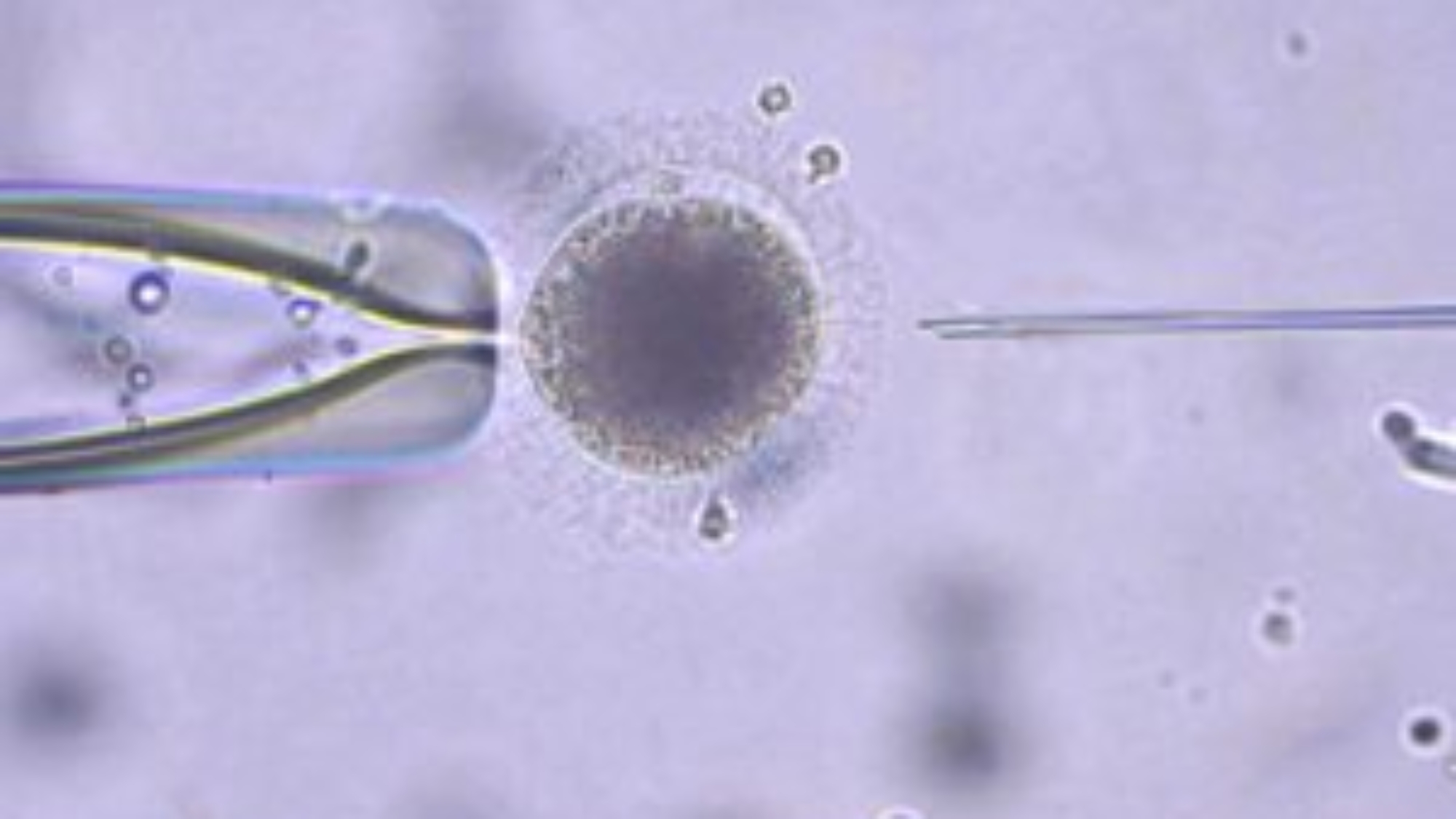Infertility and assisted reproductive technologies (ARTs)
What is infertility?
Infertility is a disease of the reproductive system of men and women. It damages one of the most basic functions of the human body, that is, the ability to bear children. Infertility may be more common than you think. In fact, one in six couples will experience unwanted delays in conception. Couples who have tried for at least a year but failed to conceive can be diagnosed as infertile.
Birth process
successful pregnancy involves many steps. If problems occur during these steps, conception will be difficult. The following are the necessary steps: The
ovaries must produce healthy eggs.
The ovaries must release mature eggs into the fallopian tubes. This is called ovulation.
Healthy sperm must fertilize the egg. The fertilized egg is called an embryo.
The embryo must be connected to the uterus.
Couples between childbearing age only have a 25% chance of getting pregnant every month.
According to the guidelines, if you are 35 years old and have tried to conceive for 6 months; or you are less than 35 years old and have tried to conceive for more than one year, you need to be evaluated.
Consultation with a fertility specialist can help you understand different treatment options.
Asking for help
Sometimes it is not easy to ask for help, especially for very personal issues like conception. It is generally believed that having a baby should be natural, and that it “happens” when the time is right, so you may feel embarrassed, depressed, or avoid seeking prompt treatment. You may also feel lonely and don’t understand “Why me?” At
this time, you need to consult a fertility expert-the expert will guide you to make choices and help you reduce possible anxiety. Please rest assured, this is only an appointment, not a promise.
Fertility assessment
Both men and women should undergo fertility assessment, because fertility problems may be attributed to either or both. In fact, about one-third of infertility cases are women’s reproductive health problems, one-third are men’s reproductive health problems, and the remaining third are collectively referred to as couples’ reproductive health problems.
Women’s assessment includes:
medical history,
physical examination,
blood test,
ultrasound examination
Men’s assessment includes:
medical history,
physical examination,
blood test,
semen analysis, and
most fertility problems can be successfully resolved with medication or surgery. If these methods cannot solve the problem, people can choose to use assisted reproductive technologies (ARTs). This method uses a special way to process sperm, or eggs and sperm, from the woman’s body. Medications are usually combined with assisted reproductive technology. These treatments help many women give birth.
Consultation with a fertility specialist may help you understand various treatment options.
Intrauterine insemination (IUI)
IUI is a simple process. The doctor uses a small tube to put the cleaned sperm into the uterus. This process must be carried out at a suitable time in the menstrual cycle. If the following conditions occur, IUI treatment can be performed.
Your partner’s sperm volume is low, or his sperm flow is poor.
The vaginal mucus is too thick.
The cause of infertility is unknown.
In vitro fertilization (IVF)
IVF is the most commonly used assisted reproductive technique, which combines sperm and eggs outside the woman’s body, and then implants one or more embryos into the woman’s uterus. The process of in vitro fertilization:
ovulation induction. You will start taking fertility drugs, which will stimulate the ovaries to grow multiple eggs. There are multiple treatment options, some for a shorter period and some for a longer period; both have their merits.
Egg retrieval. Blood tests and ultrasound help doctors know when to retrieve the eggs. Accurate time is very important. The doctor will perform a minor operation, using ultrasound to guide a needle through the vagina and into the ovary.
Fertilization. After the egg is taken out, put it in a test tube, and then add sperm. The method is to mix many sperm root eggs, or inject one sperm into each egg. This procedure is called intracytoplasmic sperm injection (ICSI). Some eggs may be fertilized, some may not be fertilized. At this time, you can choose to test the genetic problems of the fertilized egg.
Embryo Transfer. Embryos are usually available for transfer within a few days. Accurate time is very important. The doctor will use a small tube to transfer one or more embryos to the uterus. You should discuss the number of embryos to be transferred with your doctor to increase the chance of pregnancy but reduce the chance of multiple births.
In vitro fertilization may have the risk of
ovarian overstimulation. Fertility drugs stimulate the growth of eggs, and sometimes the ovaries are over-stimulated, causing swelling and pain. You may feel swollen or uncomfortable in your stomach, you may vomit, and you may not even want to eat. Severe cases are rare, but if you have any of the above symptoms, you should tell your doctor immediately.
Multiple births. The doctor may transfer more than one embryo to the uterus. This may increase your chances of conception, but it may also increase the chance of multiple births. Multiple births are prone to premature birth, and babies may be very small and may have serious health problems.
Deciding whether to proceed with in vitro fertilization (IVF)
IVF may not be successful, and the process can be long, inconvenient, and expensive. Your emotions may be ups and downs during the process. If you are considering in vitro fertilization, you should discuss your concerns with an infertility specialist. Many experts are involved in assisted reproductive technology programs. You can consult your obstetrician and gynecologist for details and recommendations.
The chance of successful in vitro fertilization The chance of successful in
vitro fertilization depends on many factors. Nearly one-third of women under the age of 35 can successfully conceive in one cycle of in vitro fertilization. The older the woman is, the lower the chance of conception.



Add a Comment